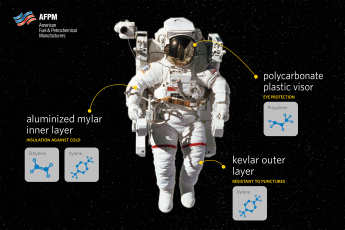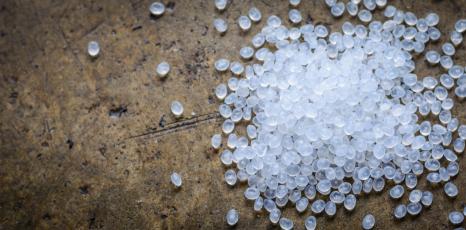Earlier this month, researchers at the University of Sydney and Harvard announced the development of a new surgical glue called “MeTro”, which promises to revolutionize the treatment of wounds both on the skin and inside the body, in many cases replacing sutures and staples. At the foundation of this new, and truly super, glue, is a new type of molecule that combines a protein (tropoelastin) with a family of petrochemical derivatives called methacrylates. Methacrylates are made from acetone, which begins with the petrochemical building blocks propylene and benzene. Acetone is produced through a series of chemical reactions known as the Cumene Process. This isn’t the first-time petrochemicals have been used as a healing agent. The original super glues, adhesives developed from the family of cyanoacrylates, began as an accidental discovery in a military lab dedicated to making clear plastic gun sights. Later, during the Vietnam War, cyanoacrylate proved valuable in treating battlefield wounds. Unfortunately, the cyanoacrylate glues were somewhat rigid and did not provide enough flexibility to be used to repair internal organs for an extended period. This new hybrid of a protein and polymer achieves characteristics that are essential for internal medicine: elastic, adhesive, non-toxic and biocompatible. MeTro offers healing benefits far beyond that of its predecessors. While sutures and staples can often leak, increasing the risk of infection, MeTro fully seals wounds. Its elasticity and degradability make it a perfect internal repair option. To make matters even better, researchers can set the pace at which the sealant dissolves in the body.


